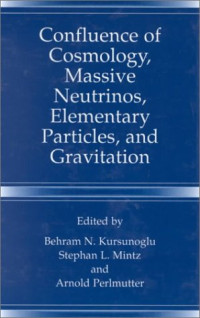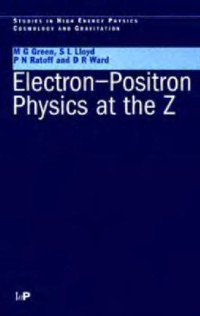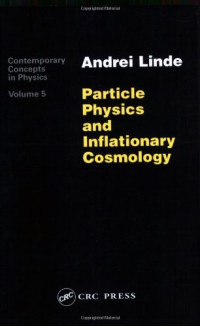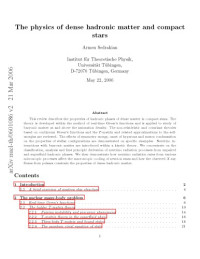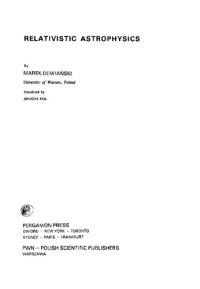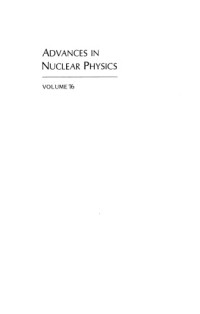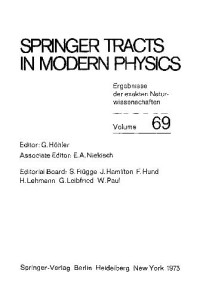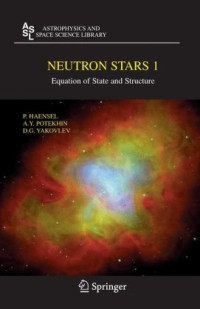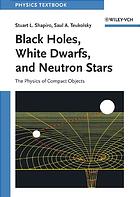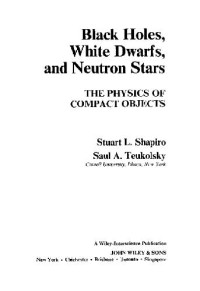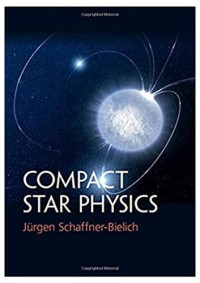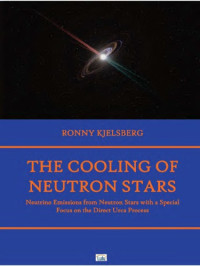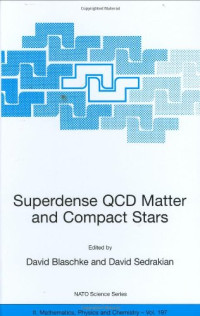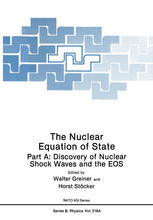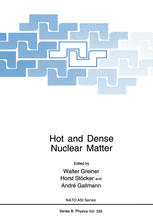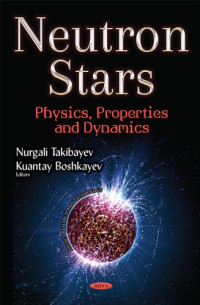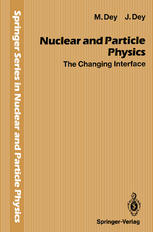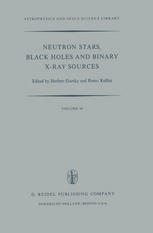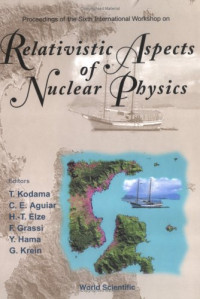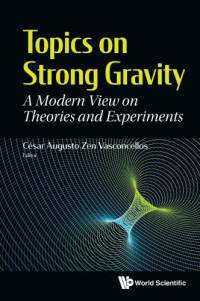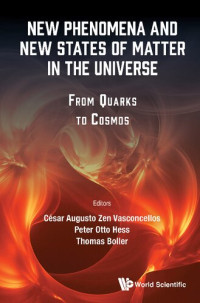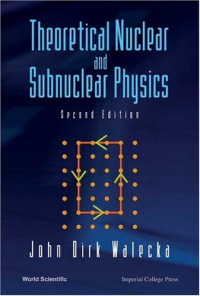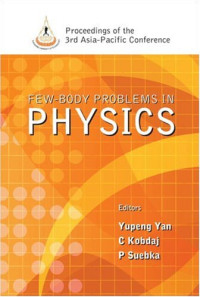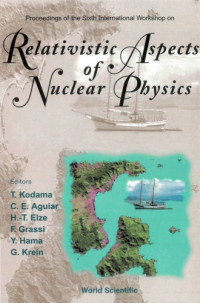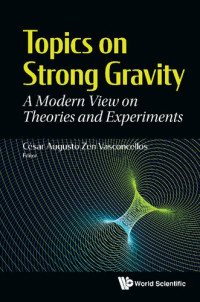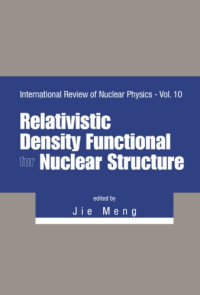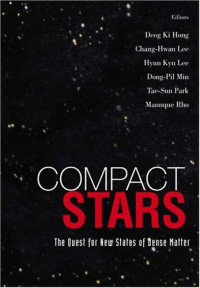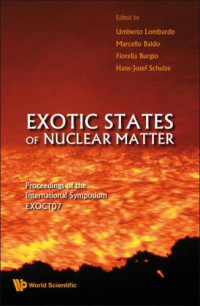
Pulsars as Astrophysical Laboratories for Nuclear and Particle Physics (Series in High Energy Physics, Cosmology and Gravitation)
Fridolin Weber
Pulsars, generally accepted to be rotating neutron stars, are dense, neutron-packed remnants of massive stars that blew apart in supernova explosions. They are typically about 10 kilometers across and spin rapidly, often making several hundred rotations per second. Depending on star mass, gravity compresses the matter in the cores of pulsars up to more than ten times the density of ordinary atomic nuclei, thus providing a high-pressure environment in which numerous particle processes, from hyperon population to quark deconfinement to the formation of Boson condensates, may compete with each other. There are theoretical suggestions of even more "exotic" processes inside pulsars, such as the formation of absolutely stable strange quark matter, a configuration of matter even more stable than the most stable atomic nucleus, ^T56Fe. In the latter event, pulsars would be largely composed of pure quark matter, eventually enveloped in nuclear crust matter.These features combined with the tremendous recent progress in observational radio and x-ray astronomy make pulsars nearly ideal probes for a wide range of physical studies, complementing the quest of the behavior of superdense matter in terrestrial collider experiments. Written by an eminent author, Pulsars as Astrophysical Laboratories for Nuclear and Particle Physics gives a reliable account of the present status of such research, which naturally is to be performed at the interface between nuclear physics, particle physics, and Einstein's theory of relativity.
類別:
年:
1999
版本:
1st
出版商:
Taylor & Francis
語言:
english
頁數:
685
ISBN 10:
0750303328
ISBN 13:
9780750303323
文件:
DJVU, 5.76 MB
IPFS:
,
english, 1999
 Amazon
Amazon  Barnes & Noble
Barnes & Noble  Bookshop.org
Bookshop.org  轉換文件
轉換文件 更多的搜索結果
更多的搜索結果 其他特權
其他特權 